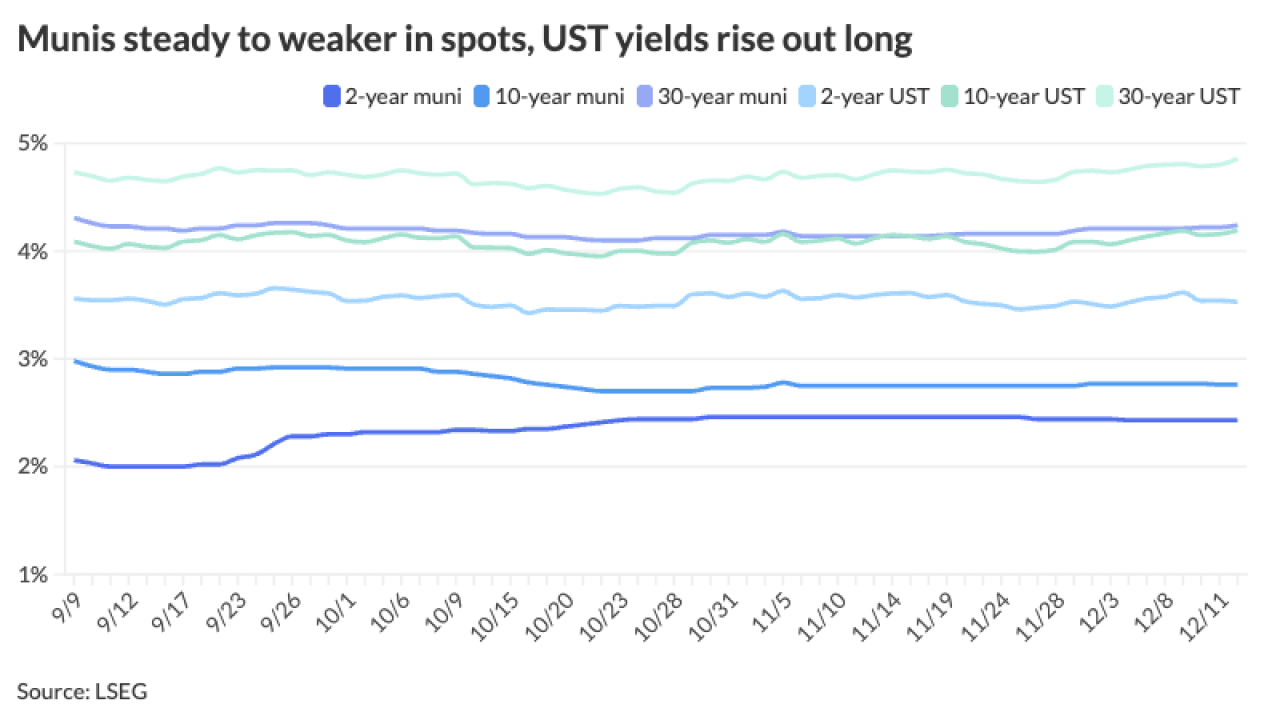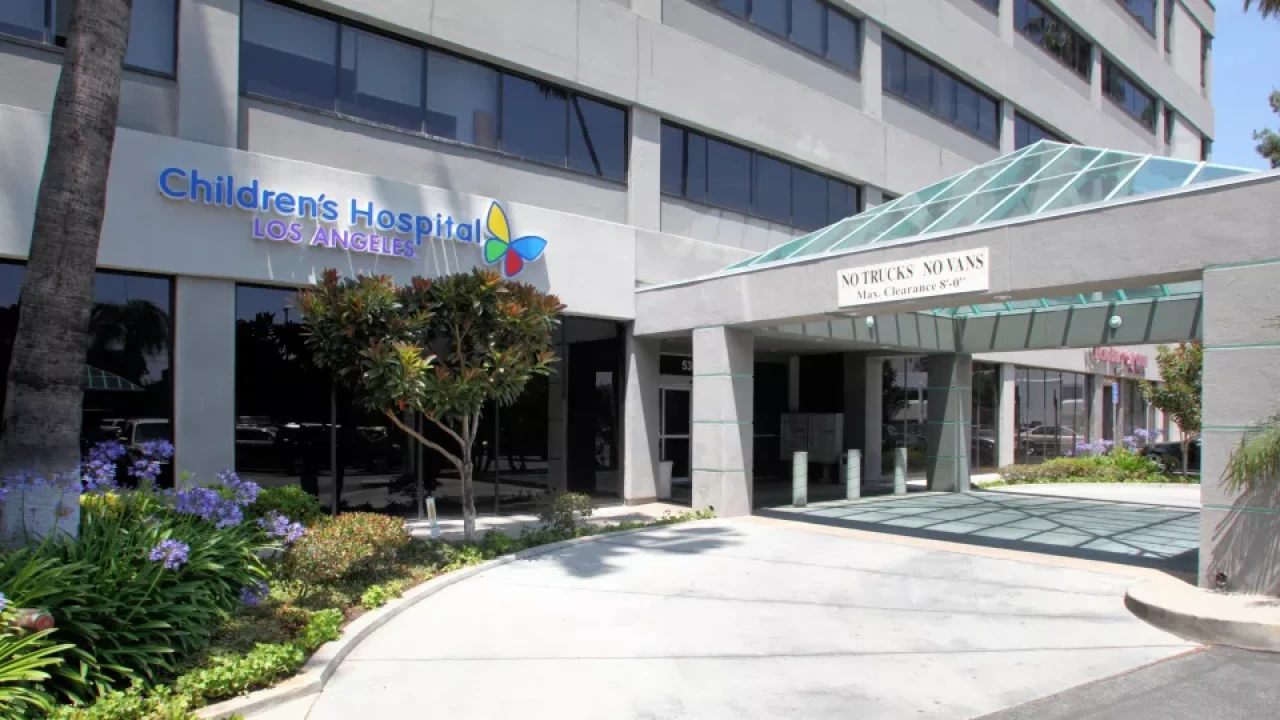New York City will shift $466 million to the current fiscal year’s capital budget to tackle affordable housing needs, Mayor Bill de Blasio said.
This restores about half the amount the administration cut amid COVID-19 related austerity.
The acceleration within the city’s affordable housing plan will increase the capital allocation this fiscal year to more than $1.4 billion, the mayor said Thursday.
He said the
The city on Tuesday released the Where
“Rebuilding a fairer and better New York City means investing in affordable housing and making our neighborhoods more inclusive,” de Blasio said.

In March, the city moved $466 million from the Department of Housing and Preservation and Development’s fiscal 2021 capital budget into fiscal 2022 through 2024. To support both the ongoing recovery effort from COVID-19 and this critical program, the city will be moving these funds back to FY21.
The city has financed 30,023 affordable homes in the last fiscal year, de Blasio said in the summer. To date, it has financed almost 166,000 affordable homes, of which 44% serve extremely low and very-low income families, those earning less than $30,720 or $51,200 for a family of three, respectively.
HPD, according to the mayor, will extend its ability to house New Yorkers in need, support minority and women business enterprise and not-for-profit firms, and bring jobs and new infrastructure to neighborhoods that have been hit especially hard by the pandemic.
Also Thursday, city Comptroller Scott Stringer called on the de Blasio administration to commit to fully funding its plan to eliminate lead in New York City Housing Authority agencies. LeadFreeNYC has received only $9 million toward its own estimated cost of $25 million from FY20 through FY23, Stringer said in a
“The city had the data but failed to connect the dots — and more children were exposed to lead as a result,” Stringer said.
According to Stringer’s auditors, 2,749 children tested positive for lead exposure in buildings that went uninspected for lead paint even after the city was made aware of previous cases of lead exposure in the same buildings. About 22,000 children, or 20%, of all children under age three who should have been tested for lead poisoning were not tested, Stringer said.





